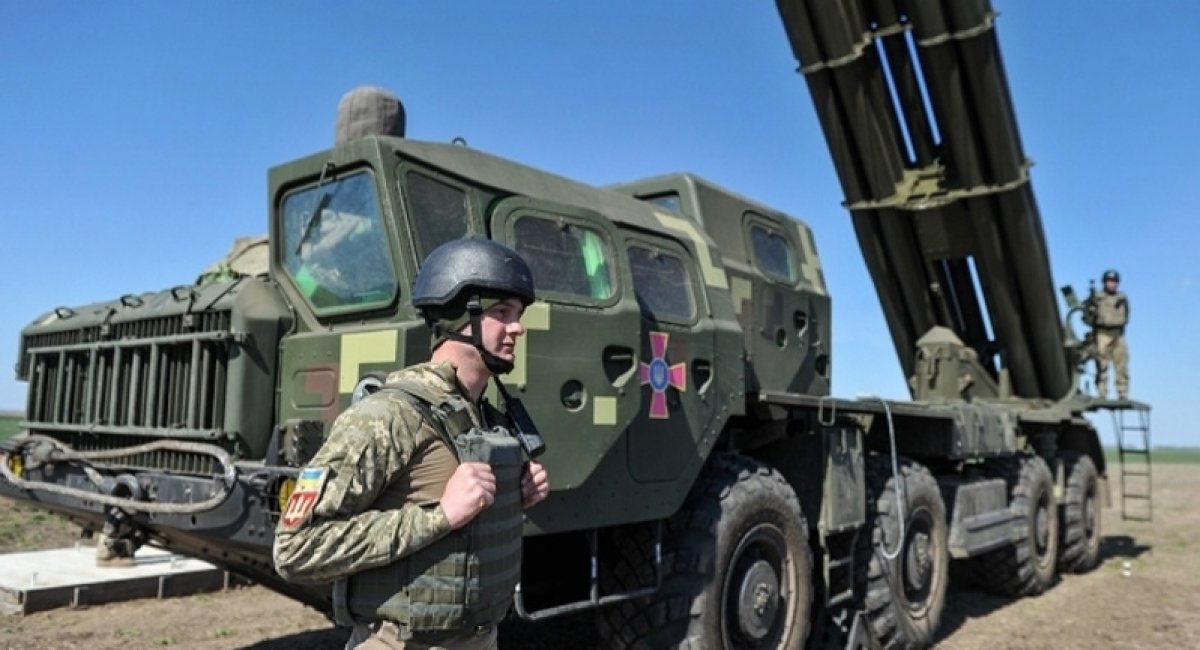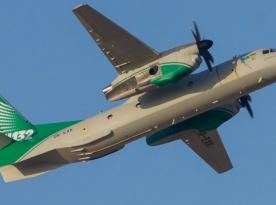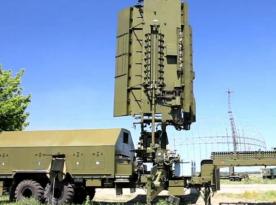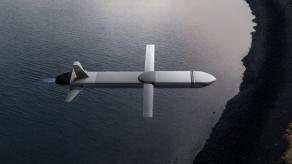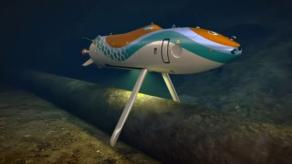In 2019, Ukrainian Armed Forces are going to field the new, fully indigenous, highly precise MLRS rocket and launcher system called Vilkha (Ukrainian for ‘alder’). The Vilkha is able to hit 12 different targets on land in a single salvo up to 130 km today and up to 200 km in the nearest future. The country’s military will thus obtain an adequate weapons deterrent capability that could help contain and deter Russia’s aggressive intentions.
The Vilkha has been developed out of the legacy Russo-Soviet 300-mm Smerch MLRS technology. The State Enterprise SE KB Luch R&D Company, Kyiv, is the Designer Authority for the Vilkha MLRS launcher and associated rocket system. The Design Bureau Pivdenne (otherwise known as Yuzhnoye), Dnipro, partnered in the Vilkha project among other domestic companies.
Read more: Helicopter modernization
The Vilkha was developed within an extremely tight timeframe as short as 2.5 years. Only two years passed between first launches of full-size mock-up rockets in March 2016 and test salvo launches in April 2018. During a test firing session, two Vilkha rockets both hit a pole standing exactly at the target aim point. This high precision has been achieved particularly through the use of jet vents.

The rocket should be put on a stabilized course at the initial phase of its flight, but trajectory corrections might be required at the end of the boosting flight trajectory. During the terminal flight phase, the Vilkha rocket is guided to its target using preloaded coordinate values. For this to be achieved, Ukrainian engineers developed a rocket nose cone of a unique design. Additionally, the launcher system was completely redesigned from the original Smerch prototype, and its electronic “stuff” was replaced with modern technology counterparts. The resulting benefits produced a precision attack MLRS capability and a possibility to distribute targets among rockets fired simultaneously in a single ripple.
On May 26, 2017, the Vilkha was successfully test fired in a demonstration session attended by Ukrainian President Petro Poroshenko. Several rockets launched from a test range near Tuzla village, Odesa Region, successfully hit targets at a test site in Kherson Region, with an accuracy of 15 m or less.
Vilkha stands out among same-class counterparts by the method of guidance used and an in-flight trajectory update capability enabled through the use of a pulse engine. It will employ a GPS-free guidance method to eliminate the risk of signal loss due to GPS jamming or spoofing attacks.
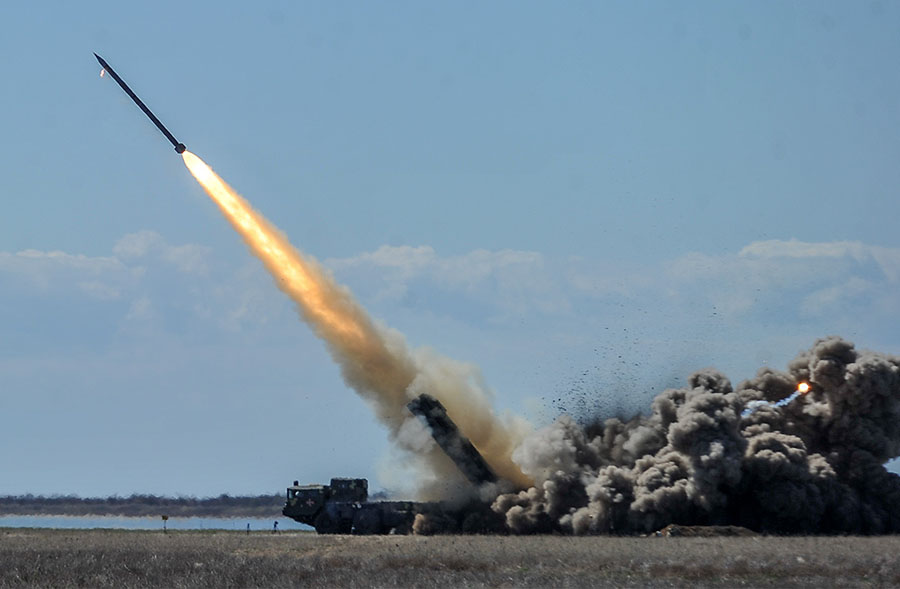
The Vilkha rocket is virtually immune to air defense attacks. Its engine gives it a speed of 1.200-1.300 m/s during the active flight phase, which is a high speed exceeding Mach 3.
All of the system’s components, including rocket control equipment, rocket fuel and warheads have been developed and produced domestically in Ukraine.
The Vilkha launch platform is based on the KrAZ-7634 truck chassis (initial tests were carried out with a Vilkha launcher mounted on the MAZ-543 truck chassis).

The Vilkha MLRS rocket and launcher system has been officially adopted by the Ukrainian Armed Forces and approved for full-rate production, as announced in October 2018 by Oleh Korostelev, CEO and Designer General at SE KB Luch.
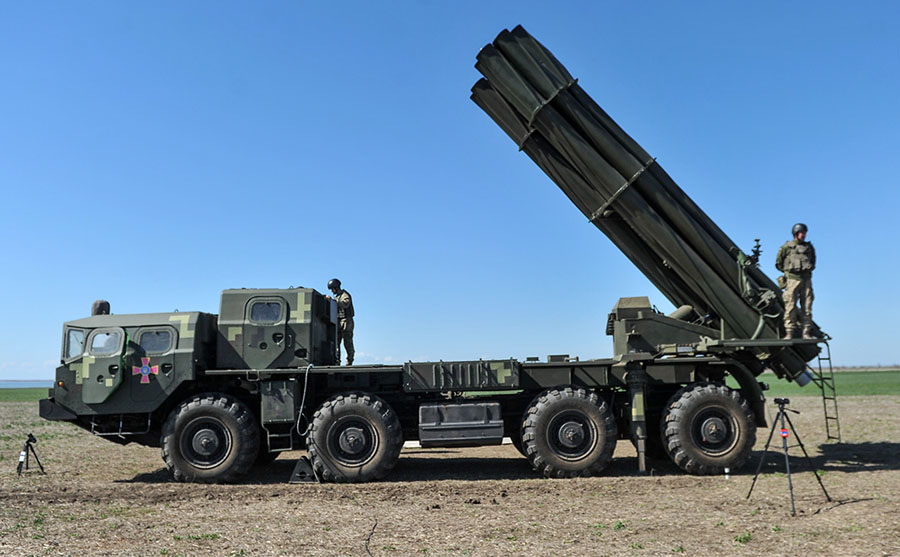
At a 2018 year-end press conference, Ukrainian Minister for Economic Development, Stepan Kubiv said that KB Luch had completed a production line for the Vilkha MLRS rocket and launcher system.
Meanwhile, Luch has been working on an extended range Vilkha rocket that would be capable of ranges twice as far without compromising precision. In terms of terminal effectiveness, the Vilkha competes with tactical range counterparts. It far exceeds in precision the OTR-21 Tochka missile while competing with it in range performance.
The Vilkha MLRS system is included in the Government Defense Procurement Contract 2019. It has already gone to full-rate production, with fielding due to begin by Q3 2019. The Ministry of Defense has paid an advance for purchasing hundreds of Vilkha MLRS rockets which are due for delivery during the second part of this year, Korostelev said.
The Vilkha has already generated an interest among potential export customers. Potential contracts are currently being negotiated with two Middle East governments.
Read more: SE Plant 410 CA: one more step into the future



